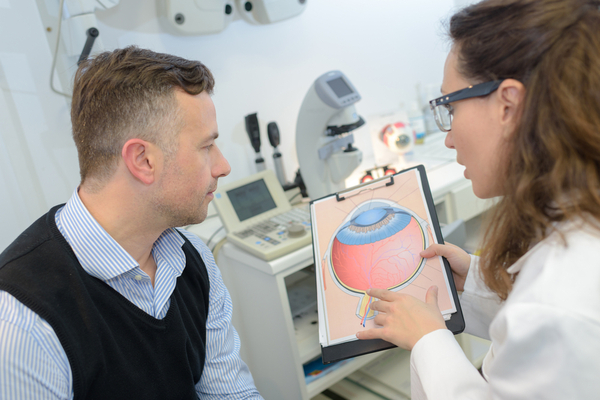Glaucoma strikes many people as they age, but what if a simple dietary change could lower your risk? New research suggests it can: Scientists found a low-carbohydrate diet might protect you against the vision-robbing disease. The researchers analyzed data from 185,000 female nurses and male health professionals, aged 40 to 75, who took part in three large studies in the United States conducted between 1976 and 2017.
Over the course of the studies, the participants provided information about their diet and health. According to the study published online recently in the journal Eye, maintaining a long-term diet low in carbohydrates and high in fat and protein from vegetables was associated with a 20% lower risk of primary open angle glaucoma (POAG) with early paracentral visual loss.
Medicinenet.com reports that Glaucoma is the leading cause of blindness in the United States and POAG is the most common type of glaucoma. Patients typically have few or no symptoms until the disease progresses and they lose their peripheral vision. “A diet low in carbohydrates and higher in fats and proteins results in the generation of metabolites favorable for the mitochondrion-rich optic nerve head, which is the site of damage in POAG,” explained co-corresponding study author Dr. Louis Pasquale, deputy chair for ophthalmology research at Mount Sinai Health System, in New York City.
“It’s important to note that a low-carbohydrate diet won’t stop glaucoma progression if you already have it, but it may be a means to preventing glaucoma in high-risk groups,” he explained in a Mount Sinai news release. “If more patients in these high-risk categories — including those with a family history of glaucoma — adhered to this diet, there might be fewer cases of vision loss.”
Previous research has shown that a low-carbohydrate/high-fat (keto) diet may protect against neurologic disorders, the study authors noted. “This was an observational study and not a clinical trial, so more work is needed, as this is the first study looking at this dietary pattern in relation to POAG,” Pasquale said. “The next step is to use artificial intelligence to objectively quantify paracentral visual loss in our glaucoma cases and repeat the analysis,” he explained. “It’s also important to identify patients who have a genetic makeup of primary open angle glaucoma who may benefit from a low-carbohydrate diet,” he added. “This dietary pattern may be protective only in people with a certain genetic makeup.”
—
Photo Credit: ALPA PROD / Shutterstock.com
